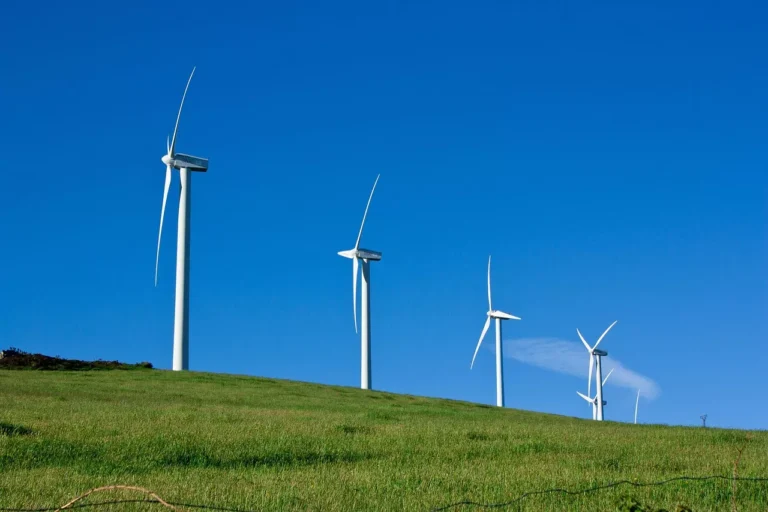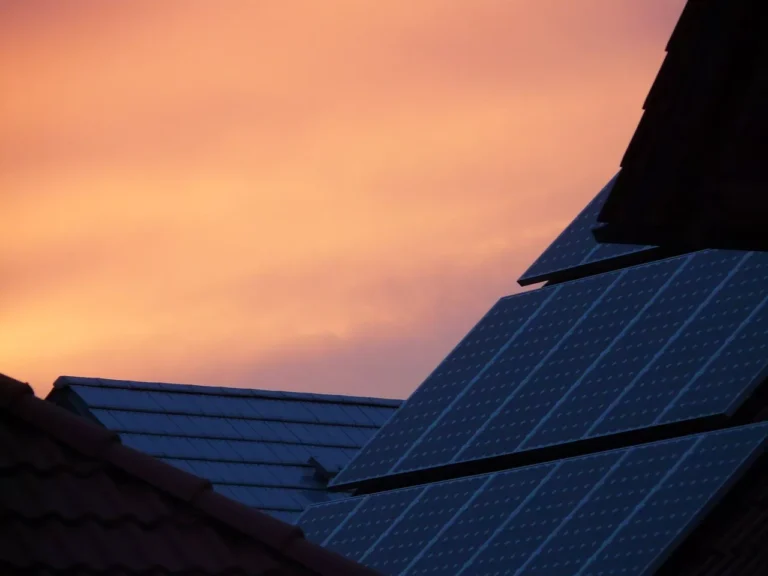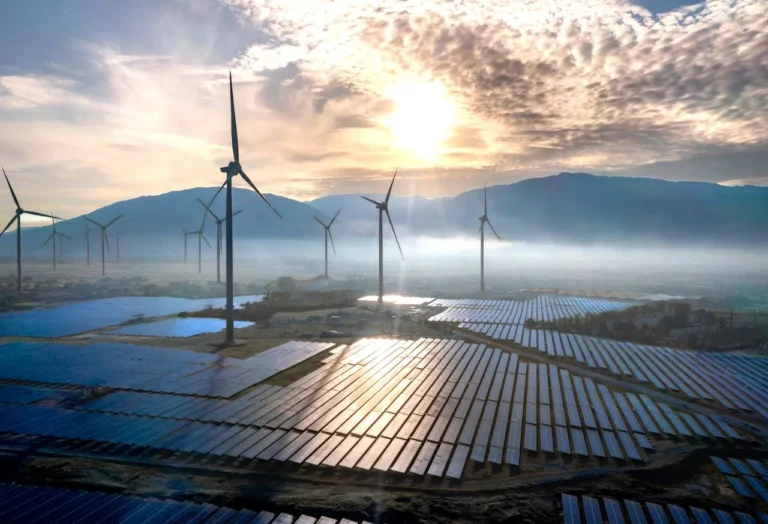
EIB and Iberdrola Partner on €108 Million Energy Storage Investment in Extremadura
In a major step toward enhancing energy security and accelerating the green transition in Spain, the European Investment Bank (EIB) has signed two green loans with leading Spanish utility Iberdrola, amounting to a total of €108 million. The financing package comprises a €50 million loan from the EIB’s own resources and an additional €58 million from Spain’s Regional Resilience Fund (Fondo de Resiliencia Autonómica – FRA), which is backed by the NextGenerationEU recovery programme.
This strategic investment is focused on upgrading the pumping capacity of the Valdecañas hydroelectric complex in the Extremadura region of western Spain. The complex includes the Valdecañas and Torrejón hydroelectric power plants, both of which are key components of Spain’s broader renewable energy infrastructure. By enhancing these facilities, the initiative will create a robust energy storage system that will support the integration of intermittent renewable sources like wind and solar power into the national grid, contributing to Spain’s and Europe’s energy transition objectives.
Enhancing Pumped Storage Capacity and Grid Stability
The primary objective of this operation is to modernize and expand the energy storage capabilities of the Valdecañas hydroelectric plant, boosting its total installed capacity to 225 megawatts (MW). This includes the integration of a 15 MW hybrid battery system with 7.5 megawatt-hours (MWh) of stored energy, representing a hybrid approach that combines traditional pumped hydro with advanced battery technologies.
With these enhancements, the entire complex will reach a combined pumping capacity of up to 313 MW and will significantly increase the Tajo system’s energy storage capacity to 210 gigawatt-hours (GWh). This capacity boost will allow the system to store surplus renewable energy generated during periods of low demand and release it when needed, thus helping to stabilize supply, reduce dependency on fossil fuels, and lower greenhouse gas emissions.
Notably, the upgrades will be carried out using existing infrastructure in the Valdecañas and Torrejón-Tajo reservoirs. This approach minimizes the environmental impact of construction, as it avoids altering reservoir water levels or constructing new transmission lines. The project design reflects a commitment to environmental sustainability by maximizing the use of current facilities and networks, aligning with European environmental protection goals.
A Boost for Regional Development and Employment
The modernization of the Valdecañas complex is expected to generate substantial economic benefits for the Extremadura region, which qualifies as a cohesion region under EU classifications due to its lower-than-average per capita income. The investment will directly create approximately 165 jobs during the construction and commissioning phases, with an estimated 500 additional jobs supported indirectly through the supply chain and related services.
This infusion of employment opportunities will not only stimulate the local economy but also enhance skills development and regional competitiveness in the renewable energy and infrastructure sectors. The EIB has emphasized that investments like these serve a dual purpose: contributing to climate action while fostering social and economic cohesion, both of which are core components of its Strategic Roadmap 2024–2027.

Tied to EU and Spanish Recovery Goals
The €58 million contribution from the Regional Resilience Fund further ties this project to broader national and European Union recovery strategies. As part of Spain’s Recovery, Transformation and Resilience Plan (RTRP), the FRA directs funds from the EU’s NextGenerationEU programme toward environmental and social investments at the regional level. This decentralised funding model allows Spain’s autonomous communities to play an active role in selecting and implementing transformative projects that align with local priorities and national climate goals.
The Regional Resilience Fund is administered by the Ministry of Economy, Trade and Enterprise, in collaboration with Spain’s autonomous communities and cities and the Spanish Federation of Municipalities and Provinces (FEMP). The EIB Group serves as a strategic management partner, offering expertise in project evaluation, financing, and implementation oversight.
By supporting this pumped-storage hydroelectric project, the FRA is helping to expand clean energy infrastructure while addressing structural challenges like regional inequality, energy poverty, and unemployment. This synergy between EU funding mechanisms, national recovery plans, and local action exemplifies how multi-level governance can effectively tackle climate change while promoting economic recovery.
Supporting the REPowerEU Initiative
This operation is also in line with the European Investment Bank’s broader support for the REPowerEU initiative, launched by the European Commission in response to the energy crisis exacerbated by geopolitical tensions, particularly the Russian invasion of Ukraine. REPowerEU aims to reduce the EU’s dependence on fossil fuel imports—especially from unstable or adversarial suppliers—by accelerating the deployment of renewable energy and improving energy efficiency.
Pumped-storage hydroelectric systems, such as the one in Valdecañas, are essential to achieving these objectives because they offer large-scale, long-duration energy storage. Unlike lithium-ion batteries, which are typically suited for shorter-duration applications, pumped-storage systems can store energy for hours or even days, providing crucial backup when renewable generation is low and demand is high.
Furthermore, this type of infrastructure allows for rapid response to grid fluctuations, providing grid operators with a powerful tool to manage peak loads and maintain system stability.
How the Valdecañas System Works
The Valdecañas complex is based on a reversible hydroelectric system, often referred to as pumped-storage hydropower. In this system, water is pumped from a lower reservoir (in this case, Torrejón) to an upper reservoir (Valdecañas) during times of excess energy production, typically when wind or solar generation is high but demand is low. This process effectively “stores” the energy in the form of gravitational potential energy.
When electricity demand rises, the stored water is released back down through turbines to generate electricity, essentially recovering the energy that had been stored. The system operates as a closed loop that does not rely on precipitation or external water sources, meaning it can function consistently regardless of seasonal changes or droughts. The cyclical reuse of water also minimizes environmental impact and makes it one of the most sustainable forms of energy storage available.
These characteristics make pumped-storage hydropower an ideal complement to variable renewable energy sources, such as wind and solar, which cannot be dispatched on demand. By smoothing out fluctuations in supply and demand, pumped storage provides grid reliability and facilitates a greater share of renewables in the energy mix.
About the EIB and Its Green Financing Mission
The European Investment Bank is the lending arm of the European Union and is wholly owned by EU Member States. Its mission is to finance investments that advance EU policy objectives, including climate action, innovation, infrastructure development, and economic cohesion.
The EIB operates according to a set of strategic priorities, with climate and environmental sustainability among its central pillars. Through its Climate Bank Roadmap, the EIB has committed to aligning all its activities with the Paris Agreement and to supporting €1 trillion of climate action and environmental sustainability investments by 2030.
In 2024 alone, the EIB Group, which also includes the European Investment Fund (EIF), signed financing agreements worth nearly €89 billion for more than 900 high-impact projects across the EU and beyond. In Spain, the Group provided €12.3 billion in funding for more than 100 projects that support the green and digital transitions, public services, and economic development.
The Broader Impact
The Valdecañas investment is emblematic of the EIB’s integrated approach to financing: combining public and private resources, aligning national and EU goals, and focusing on sustainability and inclusiveness. With climate challenges and energy security concerns growing more urgent, such projects provide scalable, long-term solutions that align with both local development needs and global environmental imperatives.
By combining advanced hydroelectric technology with modern battery storage and directing investment to a region with strong cohesion policy relevance, the EIB and Iberdrola are not only building energy infrastructure—they are also contributing to a more sustainable, resilient, and equitable Europe.










